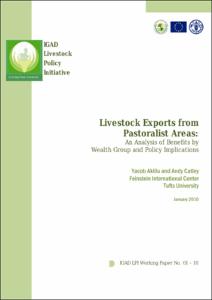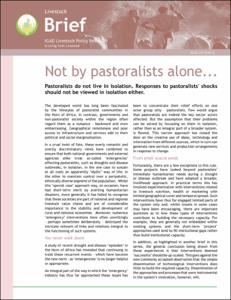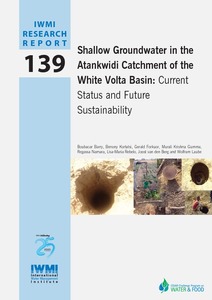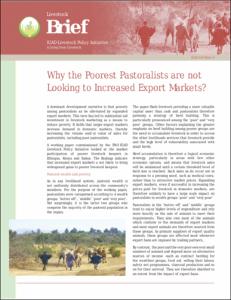Land Degradation Surveillance Framework (LSDF): field guide
The field methods employed in the soil health component of the AfSIS (Africa Soil Information Service) project are referred to as the Land Degradation Surveillance Framework (LDSF). This field guide outlines field protocols for measuring indicators of the “health” of an ecosystem, including vegetation cover, structure and floristic composition, historic land use, visible signs of soil degradation, and soil physical characteristics.









